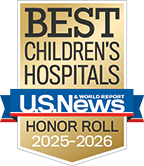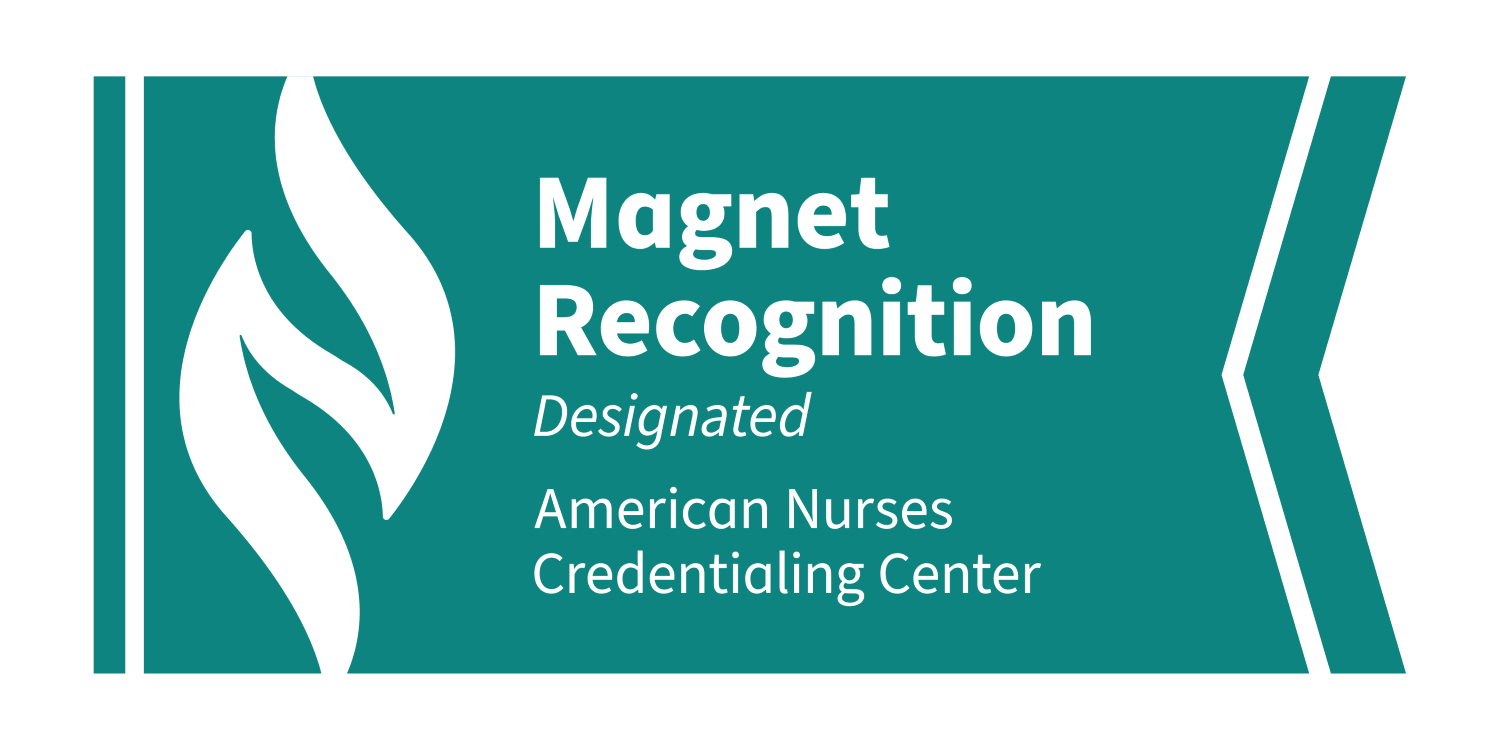Ophthalmology Referral Guidelines


Children's Division of Ophthalmology's practice is to accept all patients referred into our care, should a pediatrician/family physician determine that a patient might benefit from our services. Upon initial evaluation, our pediatric ophthalmologists determine if the child requires the highly specialized services of the team. If so, the child is treated for as long as his/her needs warrant. If not, the child is given initial treatment, and then referred to a more appropriate level of care in the community.
Emergency Disorders
- Sudden unexplained loss of vision
- White pupillary reflex
- Painful eye associated with decreased vision
- Orbital Cellulitis
- Glaucoma suspect (enlarged eye, hazy cornea, tearing, photophobia)
- Ocular trauma (seen within 24 hours)
Direct patients to Children’s Emergency Department and contact Children’s Eye Clinic (202-476-6115) or the ophthalmologist on call (Physician to Physician Access Line 202-476-4880) for disposition.
Urgent/Acute Disorders
- New onset constant strabismus (eye misalignment by cover test or corneal light reflex)
- Red eye unresponsive to topical broad-spectrum antibiotics
- Red eye or photophobia in a patient with Juvenile Idiopathic Arthritis (JIA)
- Unexplained proptosis (prominence or protrusion of the eye)
- New pupillary abnormalities
- New onset nystagmus (seen within 2 weeks)
Call 202-476-3015 and ask for an URGENT appointment slot. Contact the Clinic Manager (202-476-6115 or [email protected]) if URGENT slots are full.
Routine
- Abnormal visual behavior in pre-verbal children
- Failed screening in older children
- Amblyopia (lazy eye)
- Nasolacrimal duct abnormality (blocked tear duct)
- Chalazion unresponsive to heat compresses
- Developmental Delay/Metabolic Disorder Screening
- Screening of children with diseases known to affect the eye (e.g., diabetes, neurofibromatosis, sickle cell)
- Eyeglasses wear due to asymmetric refractive error, or to correct strabismus, in children under 10 years of age
Patients who wear simple glasses to improve vision symmetrically (myopia, hyperopia) may be referred to a comprehensive ophthalmologist or optometrist.
Appointments are typically available between 1 and 2 months depending on location, 202-476-3015.

Outpatient Appointment Referral Pads
Children's National Hospital offers convenient outpatient locations for specialty care. To help connect your patients with our specialists, please complete the form to request a referral pad from your physician liaison.







